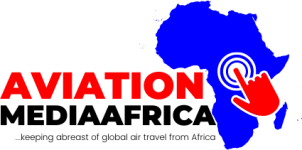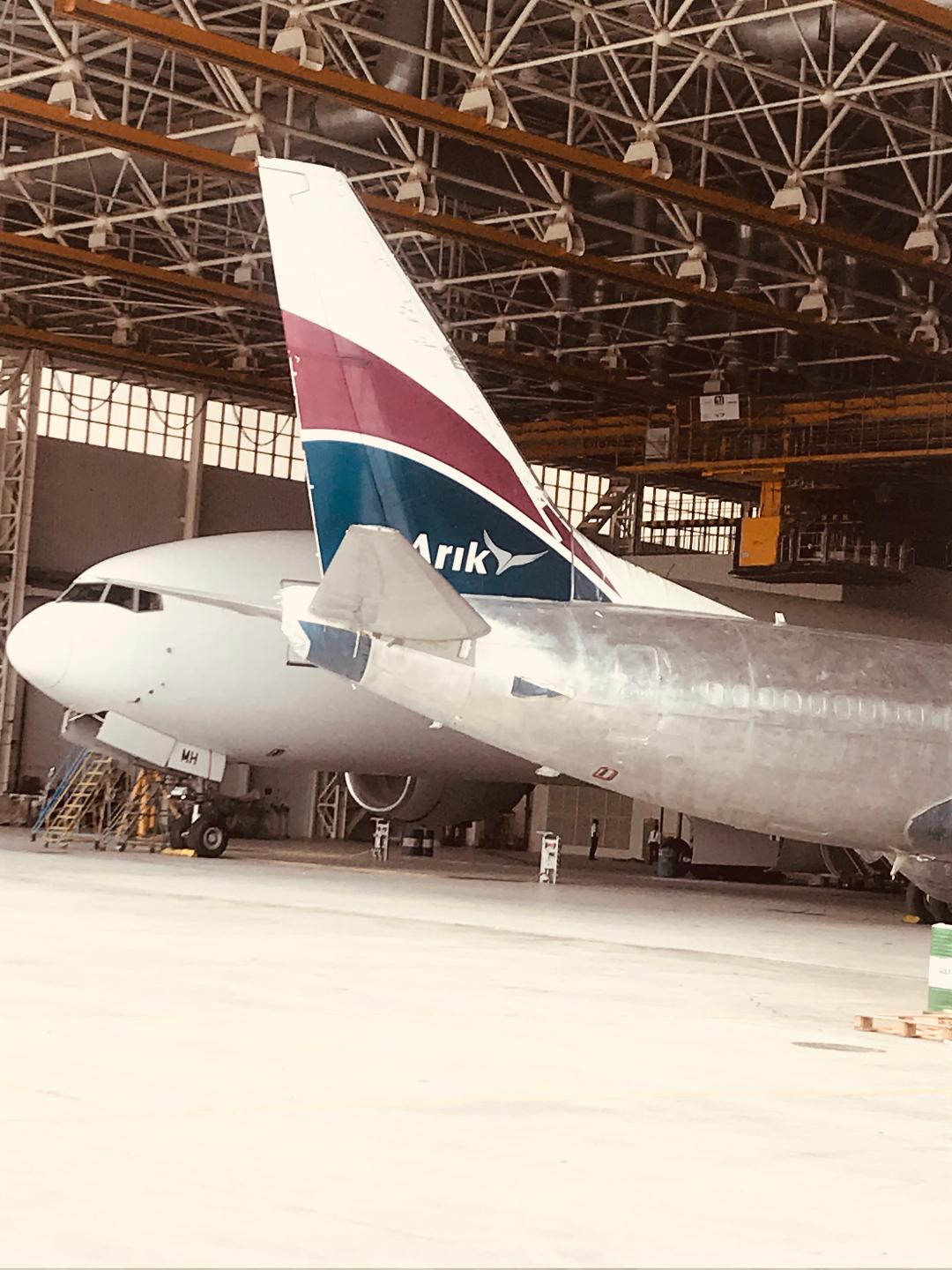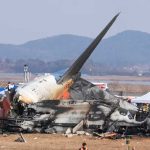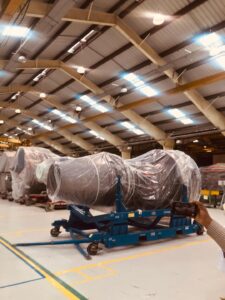
A major downside of airline business is when an airline takes its aircraft overseas for maintenance. In the case of Nigeria, the airline faces the lack of stability in the exchange rate and the unpredictable slot time, which aircraft maintenance organisations subject aircraft to.
Industry experts assert that this is one of the major reasons why Nigerian airlines have short lifespan because they spend more money than their counterparts that have maintenance facilities in their countries. They also take their aircraft out for a long time because ferrying the aircraft overseas and returning it back to service is another protocol, which costs money, faces immigration issues and then customs issues.
When the aircraft is taken out for a long time, the airline loses revenues, and in recent time, Nigerian carriers left some of their equipment overseas because of high foreign exchange rate and outrageous charges levelled at the airlines by the facility managements due to prolonged stay of the aircraft in their facility.
One can still see some aircraft owned by defunct Nigerian airlines in some maintenance hangar in different parts of the world, starting with the defunct Nigeria Airways Limited (NAL).
When Arik Air started operating with its brand new Boeing 737-700 and 800 aircraft, it signed agreement with Lufthansa Technik, which was being paid in dollars while the airline was earning most of its revenues in Naira. Then the exchange rate was not so high compared to now; yet it was challenging because huge resources are deployed for aircraft maintenance and for purchase of spares.
It is the view of many in the industry; that if Nigeria has a major Maintenance, Repair and Overhaul (MRO) facility, it would cost less to maintain domestic airlines fleet because they would pay in Naira, which takes away the high cost of seeking for dollars. The cost of ferrying the aircraft overseas would be saved and the aircraft may not stay in the maintenance facility until when the engineers are ready to attend to it; then it would be moved from the airport to the facility; that will safe cost of daily rental for parking the aircraft in the facility.
Recently, Angola national carrier, TAG Angola Airlines signed agreement with Lufthansa Technik for the maintenance of the two aircraft types. Many industry observers believe that such agreement would erode the airline’s finances, but if Angola has a major aircraft maintenance facility, it would save money and time on the aircraft. In addition, having a local MRO encourages manpower development, as the citizens will develop the skills to maintain the aircraft themselves. This creates jobs and job mobility.
Reacting to the challenge of maintaining aircraft overseas by Nigerian and other African carriers, the Executive Director and Chief Operating Officer of Ibom Air, George Uriesi, noted, “This is one of the most debilitating challenges confronting the airline business in Africa. You have an airline and you procure modern equipment, but you cannot maintain these aircraft yourself. You have to outsource it to other foreign airlines who are competing with you. They provide services for you at a huge premium, while competing against you. Every maintenance done for you costs way more than theirs costs them because they do it for themselves. As a result, our business model is heavily inefficient.
“This is why South Africa Airways (SAA) (when it was SAA), ET (Ethiopian Airlines, Egyptair and Royal Air Maroc (to an extent), are different. ET built capacity over time as it was clearly essential that this component of the business had to be ‘inside’ to be an efficient and profitable airline. The savings from maintaining their aircraft themselves and offering commercial 3rd party maintenance to others puts them right at the center of the modern global airline business. Egyptair and SAA too. ET and Egyptair will invest in an aircraft type complete with simulators, thus owning their own ecosystems and able to offer these services to others.
“Egyptair invested in 12 A220-300s plus a flight simulator and cabin crew mock up at once. We don’t know how profitable or not Egyptair is with this model, but they put their eyes on the big picture. They have to have a modern airline to profile and market Egypt and bring people to Egypt. ET has shown us that building your own ecosystem gives you efficiency advantages that make you a reliably profitable airline as long as you keep your focus. African airlines will just have to try to create their eco systems in one way or another or rely on one another to secure the efficiencies that are required to build proper airlines. Good luck to TAAG and all of us!”
As at the last count, over 50 per cent of aircraft owned by Nigerian airlines are either parked at airports or at maintenance facilities in Nigeria or overseas, a development that has led to reduction in capacity and hike in airfares, as airlines continue to scale down their operations.
This has fanned the fears that domestic operations may be grounded or may shrink to skeletal levels that could affect the nation’s economic activities.
The major cause of the challenge, according to industry observers, is the inability of airlines to obtain foreign exchange to pay for the maintenance of the aircraft due to the depreciation of the naira, high cost of foreign exchange and the fluctuating foreign exchange regime, which leaves much to uncertainty.
THISDAY learnt that airlines have reduced their flight service to many airports, thus selling fewer seats that do not meet the demand of travellers, hence relative higher prices at low season.
Former Managing Director of the Nigerian Airspace Management Agency (NAMA) who was also former Director General of the Nigeria Civil Aviation Authority (NCAA), Captain Fola Akinkuotu, once told THISDAY that the biggest killer of Nigerian airlines is the huge cost associated with C-checks
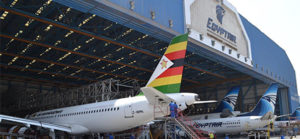
“This is because most airlines are unable to pay for the checks and eventually abandon the aircraft at the foreign MROs which usually refuse to release the aircraft to the airlines until all invoices are settled. You may want to ask if the airlines don’t know of the costs before sending out their aircraft in the first place. The truth is that in the agreement, the MRO may charge a very attractive standard C- Check fee of $500, 000. But when the aircraft gets to the facility and the actual work begins and panels are opened, there are usually findings, which are beyond the quoted cap that must be rectified. This is where the huge difference comes in that dramatically raises the final C check cost.
“On the domestic front, our Nigeria Civil Aviation Authority (NCAA) in its wisdom has imposed a calendar limit for a C- Check at every 18 months and depending on the scope of work to be performed, an average C- check costs $1million. This can be said to be conservatively N1.5 billion per aircraft every 18 months. 60 percent to 70 percent of this cost is labour costs while the balance is the cost of parts and engineering services associated with the C-Check,” Akinkuotu said.
He noted that this is a huge capital flight in the very scarce foreign currency that ought to remain in the country if such checks are performed locally.
“When the fact that the labour rates are significantly lower in this part of the world, compared to Europe, Asia and the Americas, the need to establish a standard MRO locally is beneficial in more ways than one. Not only would the airlines enjoy a significant drop in the cost of C-Checks, the pressure brought about by the demand in foreign currency to pay for the checks will reduce drastically by between 60 to 70 percent,” Akinkuotu had said.
